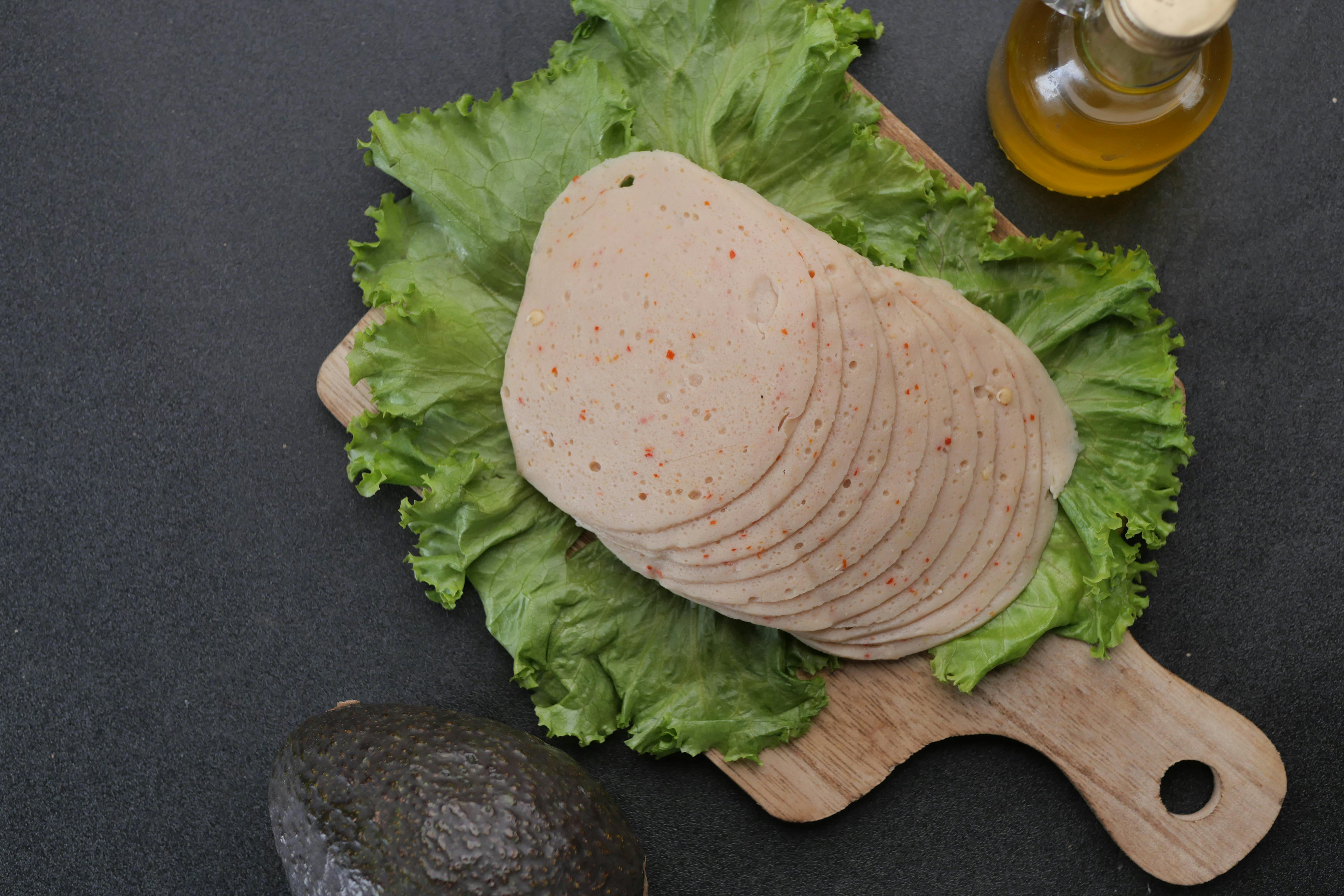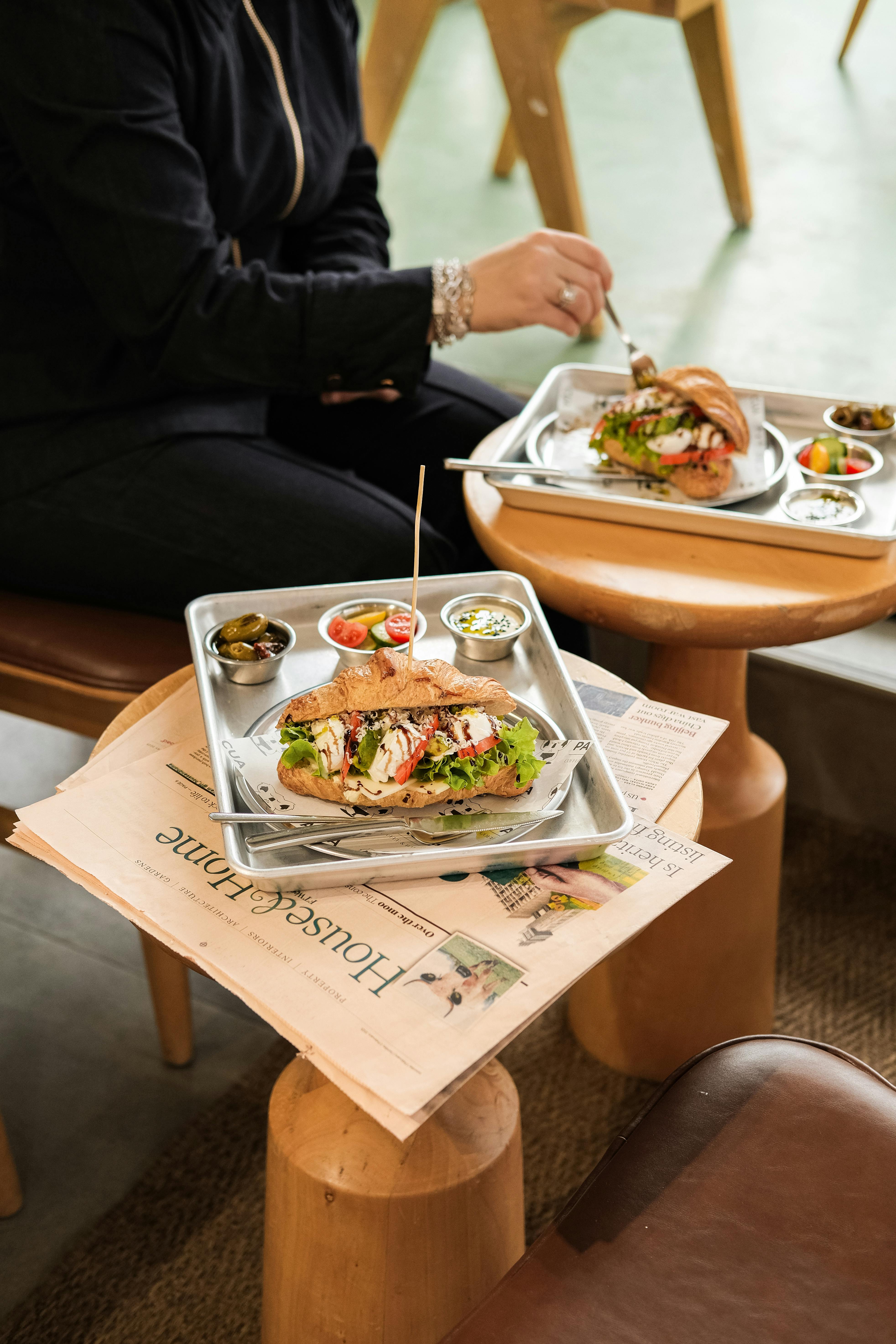
Apply Now


Essential Guide to Your 1000 Calorie Diet for Weight Loss Success
Achieving a healthy weight requires not just dedication but also an effective strategy. The 1000 calorie diet is a low calorie diet that can promote weight loss if done correctly. This guide is aimed at helping you make the most of your weight loss plan by providing practical meal planning tips, highlighting the importance of portion control, and presenting a framework for daily calorie intake that emphasizes heart health and balanced nutrition. Understanding dietary guidelines is crucial, as not all calories are created equal; focusing on nutrient-dense foods will help you reach your nutritional goals. We will explore various aspects of your 1000 calorie diet, including effective meal prep ideas, healthy recipes, and calorie counting strategies, to ensure a successful path towards fat loss. By learning how to make informed dietary choices and enhancing your metabolism through mindful eating practices, you can create a sustainable eating pattern that encourages long-term weight management.Meal Planning Strategies for a 1000 Calorie Diet
Building a successful meal plan is the cornerstone of any effective dieting strategy, especially when adhering to a low-calorie diet like the 1000 calorie diet. Start by structuring your meals around whole grains, lean protein sources, fruits, vegetables, and healthy fats. This will not only help manage your daily calorie intake but also offer satisfaction and nourishment.Step-by-Step Process for Effective Meal Prep
1. **Assess Your Diet**: Begin with a calorie evaluation to understand your unique needs. Explore a grocery list filled with low-calorie ingredients and healthy alternatives. 2. **Batch Cooking**: Consider preparing meals in advance, utilizing simple recipes that can be easily reheated. This saves time and ensures meal consistency. 3. **Portion Control**: Invest in food scales and measuring cups to better manage your portion sizes. Visual clues such as filling half your plate with vegetables or fruits can also help.Recipe Suggestions for Nutritious Meals
Including a variety of meal ideas is necessary for keeping your diet enjoyable. Incorporate fiber-rich foods such as lentils, chickpeas, and leafy greens, which can help maintain satiety. For instance: - **Breakfast**: Overnight oats with almond milk, topped with berries. - **Lunch**: A mixed salad with grilled chicken breast, quinoa, and olive oil dressing. - **Dinner**: Baked salmon with steamed broccoli and brown rice.Food Swaps to Enhance Nutrition
When planning your meals, consider making simple food swaps. Opt for whole grain versions of pasta or bread instead of refined ones. Instead of high-calorie snacks, reach for low-calorie snacks such as air-popped popcorn or vegetable sticks with hummus. This promotes a balanced diet while allowing flexibility in your meal choices.Smart Portion Control Techniques
Learning portion control is vital for maintaining a calorie deficit while feeling satisfied. By understanding portion sizes and being mindful of eating habits, you can make healthier choices.Understanding Portion Sizes
Become familiar with common serving sizes and use them to guide your culinary creations. Visual aids such as the palm of your hand for protein portions or fist-sized servings for carbohydrates can simplify adherence.Mindful Eating Practices
Implement mindfulness in your eating habits. Focus on slower eating and savoring your meals, which not only enhances enjoyment but can also improve your body’s ability to recognize hunger and satiety cues.Utilizing Food Journaling
Logging your meals in a food diary helps you track calorie intake, recognize patterns, and identify areas for improvement. This practice becomes a powerful tool in evaluating your progress and adjusting your eating schedule.Caloric Intake Analysis: Balancing Your Diet
Understanding calorie restriction is essential when following a 1000 calorie diet. This involves calculating your total daily caloric needs and ensuring that you create a suitable calorie deficit for weight loss.Evaluating Your Energy Needs
Tools like Basal Metabolic Rate (BMR) calculators provide a foundation for understanding your energy requirements. When planning your weight reduction journey, consider physical activity levels and adjust caloric targets accordingly.Replenishing Nutrient Sources
Prioritize protein sources in your meals to promote muscle retention while losing fat. Foods like eggs, chicken breast, edamame, and Greek yogurt are excellent choices that complement fiber-rich foods.Implementing Meal Frequency for Success
Explore meal frequency by consuming smaller, more frequent meals within your daily calorie allowance. This strategy can assist in sustaining energy levels while supporting your body’s metabolism-boosting activities.Creative Cooking Techniques for Flavorful Low-Calorie Meals
When on a restricted diet, cooking methods can make a significant difference in flavor and satisfaction. Explore various cooking methods to enhance taste while keeping calorie counts in check.Healthy Cooking Techniques
Opt for grilling, steaming, baking, and sautéing instead of frying. These methods not only reduce the need for added fats but also preserve the nutritional integrity of your foods.Ingredient Substitutions for Improved Nutrition
Using low-calorie ingredients like vegetable broth instead of oil or butter can dramatically decrease your meal's calorie count without sacrificing taste. Experiment with spices and herbs to add flavor without additional calories.Low-Calorie Beverages as Part of Your Diet
Incorporate hydration tips into your day. Choosing water, herbal teas, and low-calorie drinks can keep hydration levels optimal while minimizing added sugars and calories.Q&A Section: Common Questions about the 1000 Calorie Diet
1. Is the 1000 Calorie Diet safe for everyone?
The 1000 calorie diet may not be suitable for everyone, particularly those with high physical activity levels. It's crucial to consult with a healthcare professional before starting any weight reduction program.2. How can I feel satisfied on a low-calorie diet?
Focus on nutrient-dense foods that are high in fiber and protein, as they help promote satiety. Incorporate volume foods like salads or broth-based soups to feel fuller.3. Will calorie counting help with weight management?
Calorie counting can be an effective strategy for weight management, allowing you to make informed dietary choices. It encourages awareness of how different foods fit into your daily caloric intake.Conclusion and Next Steps for Sustained Weight Loss
Successfully navigating a 1000 calorie diet requires a blend of effective meal planning, portion control, and mindful eating strategies. By embracing these principles and adapting your meals with nutritious options, you can achieve your caloric and nutritional goals while enjoying delicious food. Prioritize regular hydration, food journaling, and meal prep to remain consistent and committed to your weight loss journey. Remember, this diet is not about deprivation but rather about making educated dietary choices that enhance your overall health. As you move forward, consider your personal preferences in food choices to create a lasting lifestyle change.
